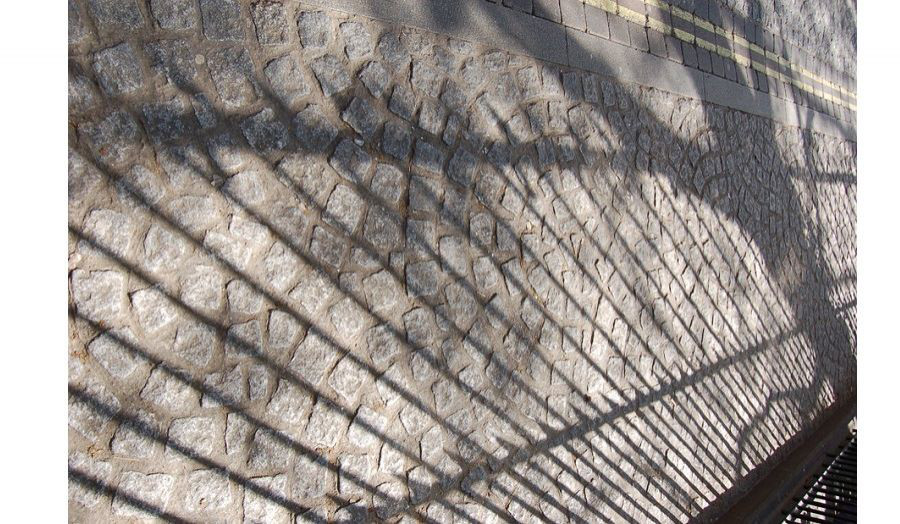Studio Outline
This studio will explore the importance of spatial experience where indeterminate conditions such as multi- sensory qualities, scale, movement and change, human occupation and environmental variations provide the space with both significance and memorable values. For the last decade it has been the subject of much discussion, where Universities, research groups, design agencies and marketing strategists have been involved in a range of projects to further understand this interiority.
The commercial notions of customer experience, business development and creative spaces are now valued as burgeoning areas of sector specialisms and have proven substantial evidence of success. There is still much to understand and perhaps for complex community spaces such police stations, prisons and hospitals where the quality of the space is nearly always juxtapose to the seriousness of the activity, how do you begin to evaluate the spatial experience?
The studio will collectively look at important texts that provide cornerstones from which to then develop your own research, starting with Finnish architect Juhani Pallasmaa’s book ‘The Eyes of the Skin’ (2005) which outlines how the skin being the body’s largest organ is also highly receptive to light and materials has argued for the consideration of the ‘crucial phenomenological dimensions of the human experience in architecture’.
Other texts will include Edmund Husserl (1859-38) as he redefined phenomena as ‘objective intentional contents of subjective acts of consciousness’. Junichiro Tanizaki’s In praise of Shadows (2001) describes the conflict between the shadows of traditional Japanese interiors and the all-seeing light of the modern age. Gaston Bachelard’s The Poetics of Space now 30 years old explores all the spaces within the home. It takes us on a journey to show how our perceptions of light, darkness and detail shape our thoughts, memories and dreams.
This studio would like to present your work as a collective through photographic, film and texts that support you as research practitioners as well as designers.
First seven weeks of study
- Week 1: Introduction to the studio, reading lists and discussion mapping out the scope of Spatial experience.
- Week 2: Visit to 5 spaces that identifies areas of the Interior that encourage or stimulate further discussion.
- Week 3: Seminar, looking at the range of information gathered from the visits.
- Week 4: Seminar, literature review, developing structures and questions.
- Week 5: Seminar, literature review, developing structures and questions.
- Week 6: Seminar, literature review, developing structures and questions.
- Week 7: Defining the dissertation deadlines and how the studio will study as a collective and bring the work together to print to a wider audience.
Contact Tutor Kaye Newman
Reading List
- 1. Junhani Pallasmaa, Eyes of the Skin (John Wiley & Sons; 2nd edition, 2005)
- 2. Junichiro Tanikan, In Praise of Shadows (Vintage Classics; New edition, 2001)
- 3. Gaton Bachelard, The Poetics of Space (Beacon Press; 1958, 1994)
- 4. Edmund Husserl, Ideas: General Introduction to Pure Phenomenology (Routledge, 2012)
- 5. George Perec, Species of Spaces and Other Pieces (Penguin Classics; New edition, 2008)
- 6. Alain Du Botton, The Architecture of Happiness (Penguin; B-format resize edition, 2014)
- 7. Tim Ingold, Making: Anthropology, Archaeology, Art and Architecture (Routledge; 1st edition, 2013)

